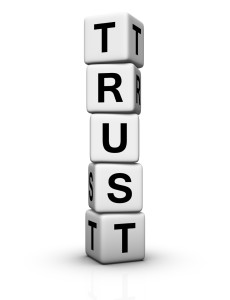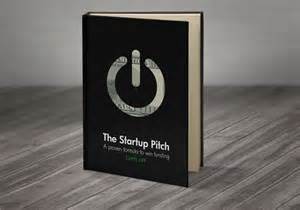 Unless you’re a dictator, hermit or independently wealthy, a lot of what you need or want to do in life depends on your personal credibility, because of the simple fact that you have to get things done through other people. Especially if you work in a large organization, your most precious asset is your personal credibility.
Unless you’re a dictator, hermit or independently wealthy, a lot of what you need or want to do in life depends on your personal credibility, because of the simple fact that you have to get things done through other people. Especially if you work in a large organization, your most precious asset is your personal credibility.
Every speaker wants the audience to believe them: what they say and how they feel about the topic at hand. This can be easy to achieve for low-stakes, mundane topics, but it can be very difficult to achieve when asking someone to take a risk, expend a large cost, or change deeply-held beliefs. That’s when you need every advantage you can muster to compel belief.
Credibility is critical because:
- Most proposals aren’t “provable” based only on facts, so decision makers will rely to some extent on how credible you are in making your case.
- It allows you to punch above your weight class by giving you influence above and beyond your job title.
- It puts you in better control of your fate.
- It puts you in better control of the actions of others.
- It makes you worth listening to.
- It’s efficient, because you don’t need to spend as much time and effort to convince others. You get fewer questions and micromanagement.
What does max cred look and sound like?
Your credibility level can range from zero to max, and of course it depends on the situation or the topic at hand. What does max cred look like? When you open your mouth to speak in a meeting, everyone else stops to listen, like in the old E.F. Hutton commercial. What does max cred sound like? When you say “Because I said so”, or some more tactful variant of that phrase, it’s treated as hard data.
In my own work, credibility is critically important. A major part of my work is teaching professional salespeople and the rest usually involves teaching engineers, who can be deeply skeptical and data-driven. Salespeople can be a tough audience because they’ve been through tough challenges and generally need healthy egos to weather the constant storm of rejection they face. They want to know that whoever dares to teach them something new has carried the bag, has experienced the same difficulties, solved the same problems, and had the same or greater success.
My biggest fear with any audience is being unable to gain, or not being able to keep, credibility, and this was especially so in my early years of training. When I began my sales training career, I had two disadvantages to start: First, I came from a financial background, where although I did have to sell financial services, I did not have the same type of experience as the high-tech salespeople I was working with. Second, I was fairly young, and was training people with far more grey hair and more experience. I was perhaps overly conscious of my perceived lack of qualifications, so I had to figure out ways not only to quickly get up to speed but to survive until I got there.
While I made plenty of credibility mistakes in the early years, over time, both through learning from those mistakes and through my successes, plus a lot of reading what the top experts have to say about it, I’ve uncovered ways to develop and preserve max cred.
What is credibility?
Aristotle, the original and still unquestioned greatest teacher of persuasion, defined credibility as a positive answer to the following three questions:
Does the speaker have good sense? (Does he or she know what they’re talking about?)
Does the speaker have good character? (Is he or she honest?)
Does the speaker have goodwill? (Care about the interests of the listener?)
As you’ll see in upcoming articles, I agree with these three questions, but with all due respect to the master, credibility is not really about something you have, or a trait you’re born with. It’s something that’s given to you by your audience, in how they answer those questions. You can have all the goodwill in the world, but it won’t count for squat if the audience doesn’t perceive it that way. This is an important distinction because it makes you realize that every situation is different, and that you have to work to establish belief in the minds of your audience every single time. Just when you begin to take it for granted, it can be destroyed in an instant. It actually exists outside of yourself; it’s something that others give you or withhold because of credentials you’ve earned, what you say or do, and how you say or do it.
That allows us to break down the mystery of credibility into specific elements which can be improved or strengthened with preparation, practice, and skill. I will cover the elements of credibility in subsequent articles in this series, including:
- Credentials
- Content
- Clarity
- Confidence
- Strategic Credibility Strategies
- How to Instantly Lose Credibility





